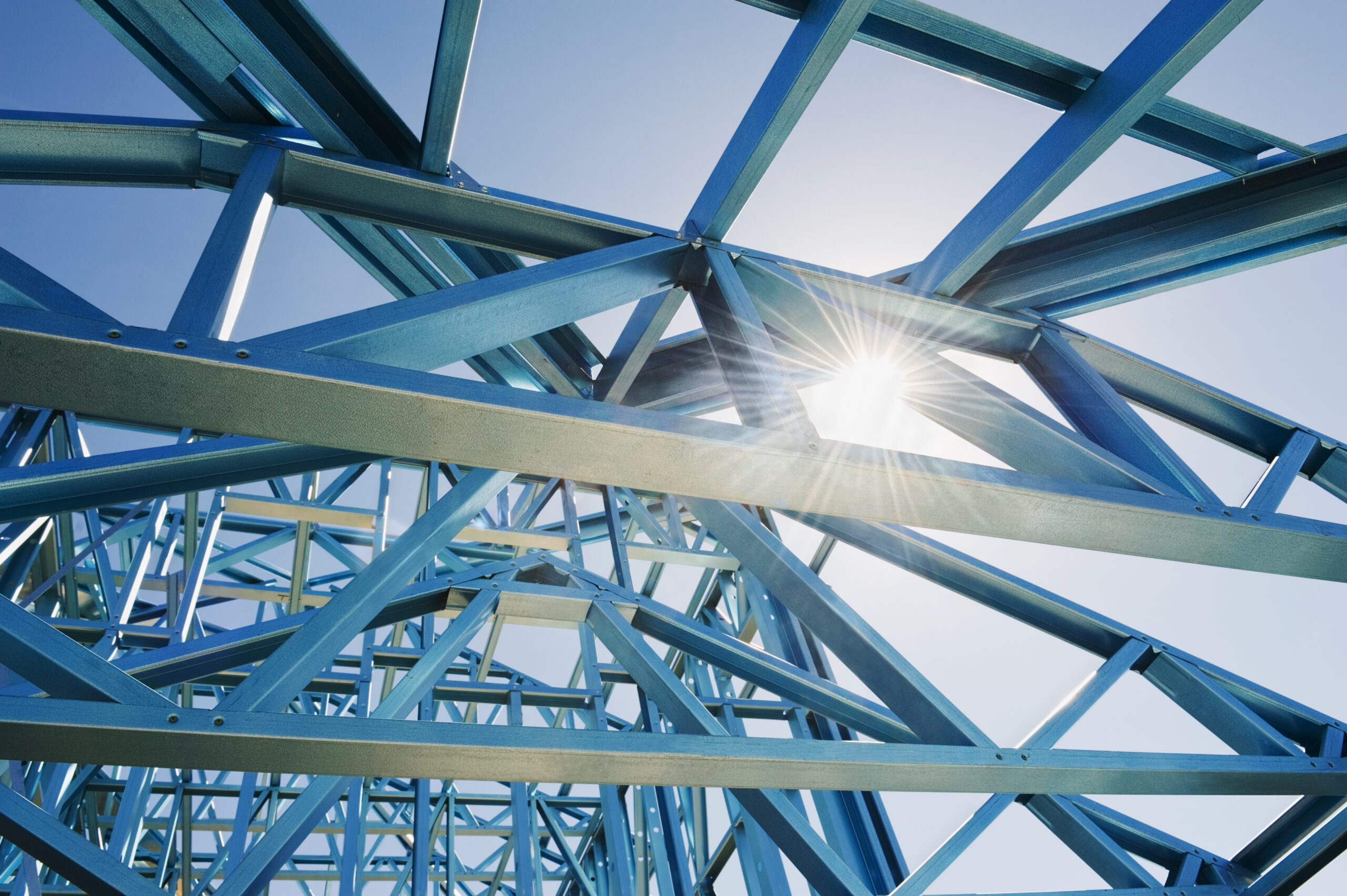Specifications for previously uncategorized alloys will make it easier for structural engineers to incorporate these new products into designs
Bull Moose Tube, a leading manufacturer of steel pipe and tube, has received permission by global standards developer ASTM International to announce the organization’s development of new standards for steel structural tubes. These new standards, covering cold-formed welded high-strength carbon steel, low-alloy steel hollow structural sections (HSS) among others, will be put in place before the end of 2018.
For more than a year, Bull Moose Tube Manager of Field Applications Mark Abernathy assisted ASTM International in the development of these standards by serving as a member of its committee on steel, stainless steel and related alloys. According to Abernathy, the new standards will have a tremendous impact on the construction industry – particularly as it relates to the use of new alloys in the construction of buildings, bridges and other structures.
“Prior to the development of these updates, no ASTM standards existed for high-strength, hollow structural steel sections, posing a problem for structural engineers, who didn’t have an engineering standard to refer to for such materials when responding to inquiries from building and plan inspectors,” said Abernathy. “The new standards provide ASTM support to these new alloys and help make it easier for engineers to use these products in various designs and applications, saving valuable time and money in the process.”
ASTM International’s official announcement of the new standard – including preliminary wording of the standard itself – can be found on the organizations website: https://www.astm.org/standardization-news/?q=update/astm-international-group-creating-standard-steel-structural-tubes.
Bull Moose Tube utilizes the direct-form process and the highest grades of high-strength, low-alloy (HSLA) steel to create its Stratusteel® line of steel tube. The resulting tube is three times harder than conventional steel tubing (measured on the Rockwell Hardness scale), resulting in added impact resistance and durability, and the product is stronger – achieving yield strengths in excess of 110 KSI – while weighing as much as 35 percent less than other steel.
